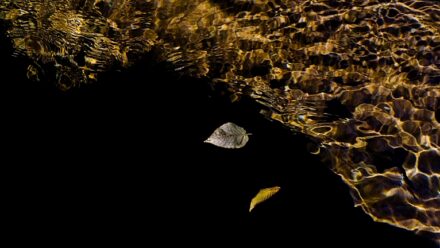
Salutogenesis. In the diverse world of mental health, over the last few years one term keeps cropping up. Can you guess what it is?
The approach that’s based on salutogenesis can provide a refreshing and hopeful manner in which we handle susceptibility to psychosis. Of course, it isn’t a miracle cure, or a quick fix, nor is it something people ‘must’ do, or something everyone is able to do. But if you are willing to try, and manage to persevere, it might pay off. There is always something you can do about your situation, however small that something may be. And that may contribute to your recovery.
What is salutogenesis?
The term Salutogenesis derives from the Latin word ‘salus’, meaning health, and the Greek word ‘genesis’, meaning origin, and it focuses on what makes, and keeps people healthy, rather than on what makes them ill. It shifts the focus from illness to well-being, from peoples’ problems to their potential. And why is this relevant to (people with) susceptibility to psychosis?
People who are susceptible to psychosis often feel like they are stuck in a system that focuses on their symptoms, on what is ‘wrong’ with them. Salutogenesis offers a counterbalance by looking at their strong points, sources of support, and what they’d need to flourish.
In which ways can you increase your mental resilience?
A few things you can do to enhance your mental resilience are listed below. And yes, you will have heard them all before, but still very few people manage to apply them in our hectic lifestyles. And that doesn’t benefit our collective resilience.
Sleep: Our brain rewires and restores during sleep. Plenty of sleep provides a more stable emotional foundation.
Nutrition: Choose food that’s rich in omega-3s, antioxidants, and vitamin B. These can improve your brain function and mood.
Structure: Establishing a daily routine may provide structure and routine during the day, which is mainly important during stressful periods.
Connection to others: Whether they are family, friends, or support groups, human connections are essential to our well-being.
Meditation and mindfulness: By learning how to stay in the present and reduce reactive thinking, you can find inner peace.
Meaningful activities: This is more than just work. It can involve art, music, gardening, or other forms of expression that bring you fulfilment.
Spirituality: This could be religion, but also yoga, nature walks, or any other activities that helps you connect to something bigger.
Exercise: Physical exercise like walking or dancing stimulates the production of endorphins – the ‘happiness-hormones’
Education: Knowledge is power. Learning about susceptibility to psychosis can provide a better understanding of it and help you handle it better.
Art and creativity: Expression through art can be therapeutic and can be an emotional outlet.
Nature: Spending time in nature can reduce stress and promote a feeling of connectedness.
Animals: An extraordinary and increasingly popular method to develop mental resilience is with the help of animals. Connecting with animals like dogs, horses, cats, or even smaller pets, can have a deeply therapeutic effect. These animal-led interventions help reduce stress, anxiety, and feelings of isolation.

Animals don’t judge, which makes them provide a safe haven to express and process emotions. Their presence can offer a calming effect and helps some people to feel more connected. Equine therapy for example, is not only beneficial to building trust and self-awareness, but also promotes physical coordination and affection.
The simple pleasure of taking care of a pet, like walking your dog or brushing your cat’s fur, can provide structure and routine. It can help you to ‘be’
in the present moment, and offers daily moments of unconditional love and tenderness as well.
How do you start?
You start by becoming aware: thinking about how you’re doing things and how you could change that. What are you going to do first, and how can you motivate yourself? Working on your mental resilience is a journey, not a destination. And this journey can be challenging. That’s why it’s useful to use institutions like recovery-academies and talking therapies.
Salutogenesis and medication
Salutogenesis does not mean you should ignore your medication. But as is often the case, when mental resilience improves, the dosage can be reduced. Sometimes, the medication can be stopped altogether. And what a lot of people don’t know is that the medication can be a lot more effective, and have fewer side effects, if you’re consciously practising salutogenesis. In fact, by combining the holistic approach with the medication, people will often see better results. It’s all about finding the right balance and coordinating the different approaches.
And finally
Every individual is unique, and what works for one person does not necessarily work for another. Salutogenesis invites us to be curious, to discover what helps us flourish, and to partake in our own recovery process. United we stand stronger in search of our well being.





Comments: